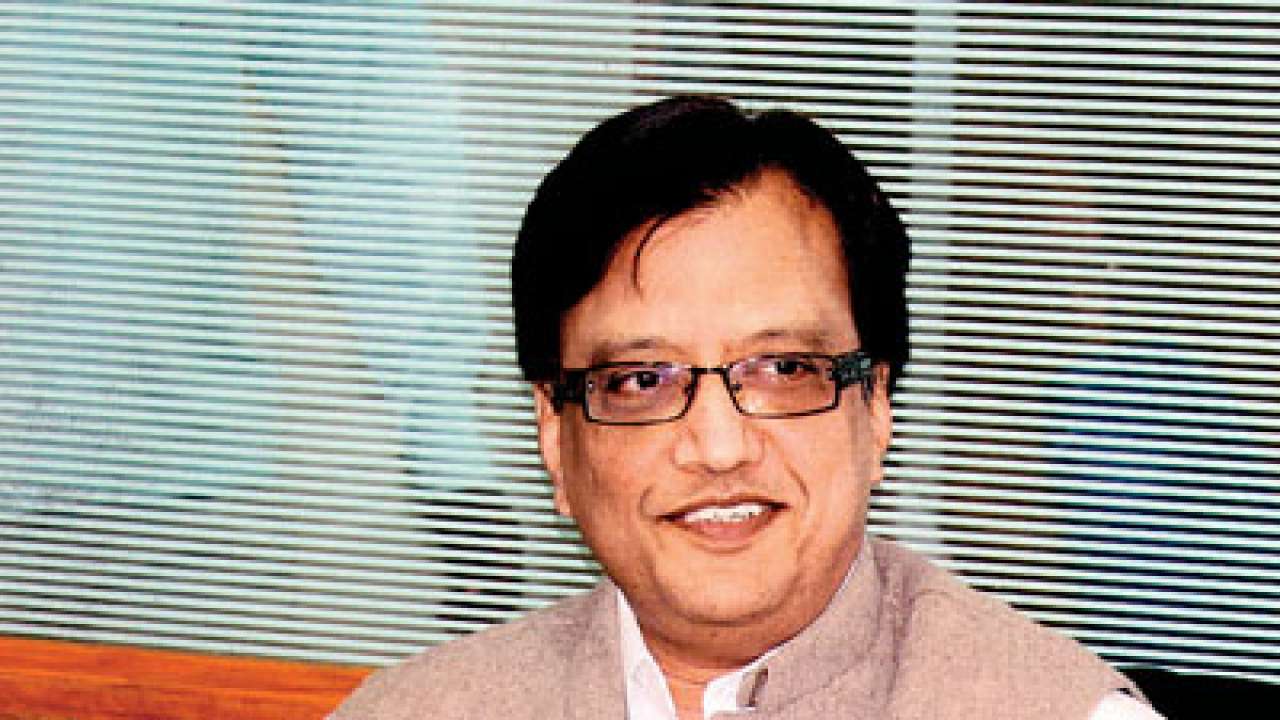
The way ahead
India's economic growth has stayed below 5% for the second consecutive year in 2013-14, mainly due to decline in manufacturing and mining output. The manufacturing sector growth halved to 1.4% in the fourth quarter as against growth of 3% a year ago. Mining and quarrying dropped 0.4% in the January-March quarter as against a fall of 4.8% a year ago.
This is a massive challenge before the new government since manufacturing, and mining are complementary to each other and drive several ancillaries, which, in turn, drive job markets and wealth creation.
A stable government and one which is raring to go at the Centre would do wonders if it were to fast-track projects be it infrastructural, or hotel or that matter e-commerce.
One of the bigger challenges is also on the human resources front.
According to reports, top companies added employees at 3% CAGR from 2003-04 to 2013-14, while revenues grew at % in the last decade, which is an onerous position to correct.
Estimates peg 500 million unemployed youth by 2020, which would also be the year when the millennium's first 20 year olds will be looking to see how they come onboard.
With over 1.25 billion people now, India is projected to be the world's most populous country by 2025. With a growth rate at 1.5% where more than 50% population is below the age of 25 and more than 65% below the age of 35, we are also poised to be the youngest nation.
The challenges indeed before the new government are many but the will and commitment to deliver should see them through.
Where do we begin? Technology and education have a massive role in facilitating new job markets. Innovative methodologies and targets set for universities and educational czars to deliver can create opportunities and aid job creation. Newer markets, too, need to be developed.
A lot of funding has been happening in our premier institutions for research and development. Though they do aid in incremental addition to the body of knowledge, do they help in job creation and does this paradigm need to be revisited?
Thousands of PhDs per annum certainly need to be promoted but with mandated research that helps the industry deliver. A clear mandate for CSIR/DRDO labs, IITs and other identified institutions needs to be innovations that aid in job creation. Several IPR – patent – entrepreneur cells in these institutions need to be funded and nurtured. This adds to the research potential as well as connects with the national agenda. Promotion of niche technology areas like oil exploration, mining, agriculture, power, water resources and infrastructure should be high on priority and receive the best of funds.
Promoting sustainable development for environment, climate change and protection through innovation in energy, bio-sciences, bio-engineering and genetics need to be the next level of priority in a global context. The entire development eco space needs to be nurtured for job creation by driving several downstream activities in each of the areas enumerated.
Massive investment is made and probably will be made in the defence sector. The premier institutions have a role to play here as well. Systems approach to defence-related equipment manufacture / indigenisation and import substitution of equipment like combat recovery vehicle, unmanned aerial vehicle, snow mobiles, bullet-proof jackets, automatic weapon systems etc, through collaborations with EME schools, DRDO labs, premier institutions and selected industries is a way forward.
Technology is a great integrator and a force multiplier. In order to harness its benefits, we need clear policy directives and roadmaps. A suggestion would be setting up at least five research and policy institutes to forecast technology growth, foster innovation and indigenisation, conduct research in guarded areas that are important to India with daylight collaborations, with the best in the world like CSU, MIT, Stanford, Imperial College and Humboldt University. A serious attempt will be needed to create Fraunhofer - Gesellschaft like research centres around the institutes in a few cities in India.
Focused skill development, with employability as the maxim, is also the need of the day.
The writer is chairman, All India Council for Technical Education (AICTE)